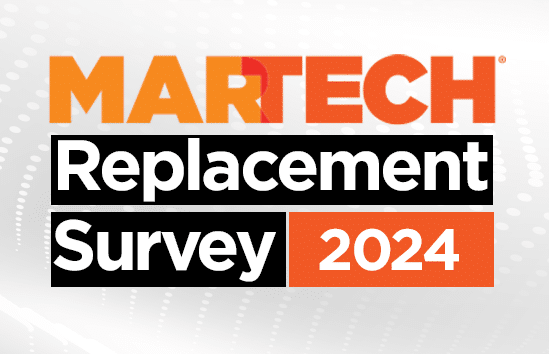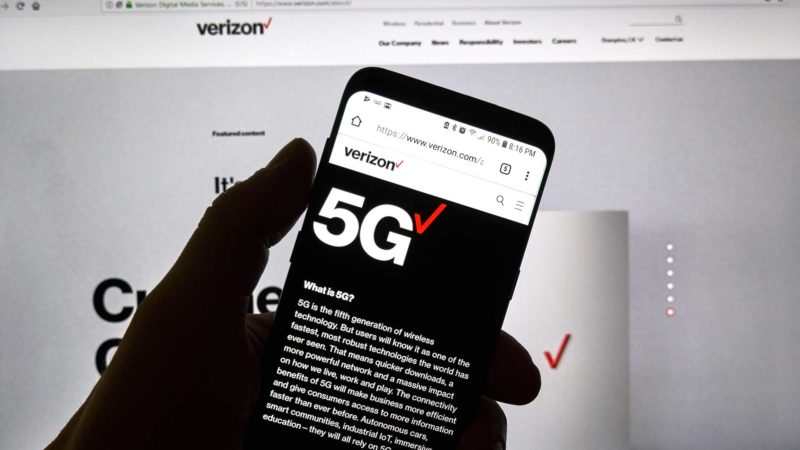Pega solutions like Customer Decision Hub, Knowledge Buddy and Blueprint are aimed primarily at large enterprise clients. It takes some digging to understand the architecture of these solutions so it helps to hear from Pega customers about use cases.
Some of the world’s largest telcos were talking about Pega’s role in their stacks at this week’s PegaWorld conference. We sat down with Tommi Marsans, Verizon’s associate director marketing technology strategy, to learn about her Pega journey.
Sales and service for all kinds of businesses
The first thing to understand is that B2B marketing for a company like Verizon spans everything from organizations with staff in single digits to the world’s largest enterprises. “In the one-to-ten range, they look a lot like consumers,” said Marsans. “Above 50, it starts to look like companies and corporations, then large corporations, multi-national or with a lot of different locations.” There are many personas with very different needs.
On the business side there are many products beyond network connectivity and Fios. “Security, network products, 5G, MEC [multi-access edge computing],” Marsans enumerated.
Marsans was tapped to build out the implementation of Customer Decision Hub (CDH) for the business side of Verizon. CDH uses predictive (not generative) AI to understand a customer’s needs in context and in real-time and recommend next-best-actions. It had already been implemented by Verizon’s consumer division.
“I have been working in martech for 30-plus years, but this was my first foray into AI,” said Marsans. “Primarily I had been working with CRM and outbound marketing campaigns, so this was a little bit different. We focused first on service; that was our first use case.”
The starting point was identifying processes where a lot of time and a “lot of hands” were being spent. Agents were fronting for almost 3,000 offers, hundreds of devices as well as accessories and other products. “When you start to put those combinations together, that can mean millions [of options]. Decisioning is perfectly positioned to do that. A rep can hold maybe six or seven offers in their head at a time which means everybody gets kind of the same thing. We wanted to be best-in-class at interacting with our customers; they want to be known and expect that and you can’t do that with a single human being.”
Based on the context of the interaction between the agent and the customer, CDH presents three possible next-best-offers. “If those don’t meet it, you can re-decision and get another three. There’s a library there that’s bespoke for your customer,” Marsans explained. The offers are pre-packaged so it takes one click for the selected offer to be delivered.
Verizon subsequently extended decisioning to apply to actions as well as offers. A chain of actions, Marsans explained, could start by educating a customer on a package of products — “And then the next step and the next step,” she said. “The journey could be education, putting a value proposition out there, make an offer. Those are moments that matter and each one has a different kind of decisioning behind it.”
The marketing angle
Decisioning has applications in sales and service, but is there a marketing angle? “Absolutely,” said Marsans. “We’ve started to plug this into our Adobe instance and that will curate an online experience that is not just actions and not just offers, it’s what images, what language do we use?” If a medium-size business shows up on the website, they will be shown products relevant to a medium-size business.
 Pega founder Alan Trefler playing 15 simultaneous games of chess at PegaWorld (he lost one)
Pega founder Alan Trefler playing 15 simultaneous games of chess at PegaWorld (he lost one)Decisioning also shows up in re-targeting. “If I have an abandoned browser or cart in any channel it will be re-targeted,” Marsans said. The dashboard any customer can visit in the customer portal will contain information on current billing (“You have an overage”), devices that don’t have security or devices that see a lot of use for example, along with relevant recommendations. “Those are the kinds of things we do from a marketing perspective that are informed by the Decision Hub.”
This is straightforward, Marsans said, if you have Adobe on Adobe cloud and Pega on Pega Cloud. “If you have one on the vendor cloud and one on a private cloud, it’s much more challenging. The reward for connecting the two is absolutely worth the effort.”
Marsans continued: “Decisioning is ‘headless,’ so I’m just sending a signal to Adobe saying, whatever you have in your library, make it look like this; and Adobe says, I see what you’ve been doing and I’m going to take your advice and pick from my library and curate the experience. So they work together to do that.” Marsans noted that this works with Adobe Marketo too.
Jumping into Pega Blueprint and Knowledge Buddy
Did Marsans see value in recent Pega announcements, like Pega GenAI Blueprint? “About nine hours ago, I used Blueprint to build a new application that I then emailed to myself as a PDF. Next week I’ll sit down with my developers and start working on it. It’s not going to be 100% perfect, but the real value I’m going to get out of this Blueprint is — what didn’t I think of?”
Verizon also has Pega’s AI copilot Knowledge Buddy in their system. “We don’t use it a lot because we do have a very specialized team. I do have a couple of friends just getting into using Pega, and Knowledge Buddy is great for them while they’re figuring out what things are.” Socrates, the new Pega genAI education tool will be really impactful, Marsans believes.
Is their something about the telco industry in general that makes it keen to adopt Pega? “I think it’s suited to the industry because of where we are right now.” Telcos are, in a sense, commodities, she said. They have access to the same devices, services are pretty much at parity, pricing comparable. “The differentiator between the telcos has to be something like service. Every telco you heard from at PegaWorld talked about how they put the customer at the center.”

Email:
Business email address
Sign up now
Processing…
See terms.
The post How Verizon puts its business customers at the center appeared first on MarTech.
